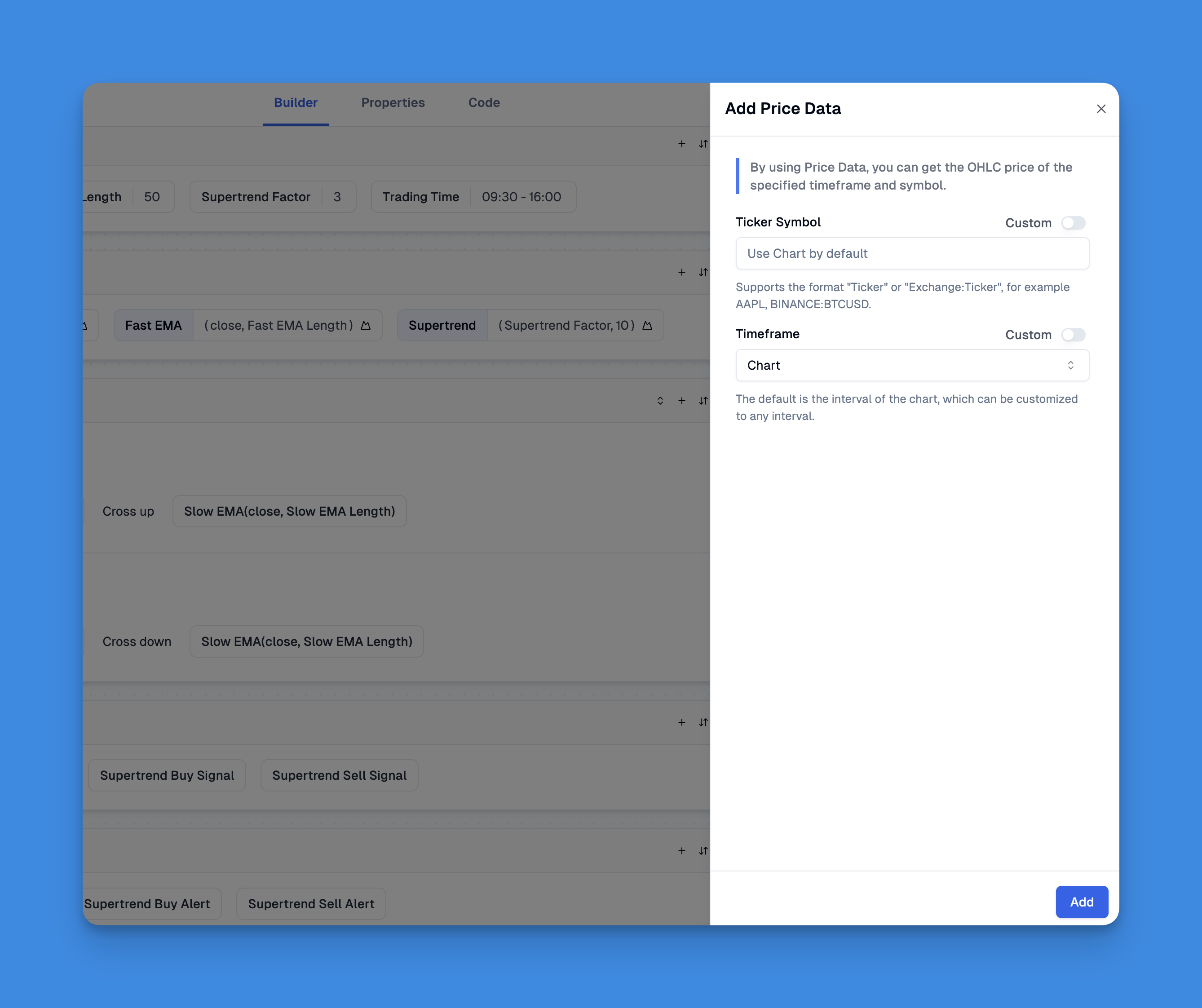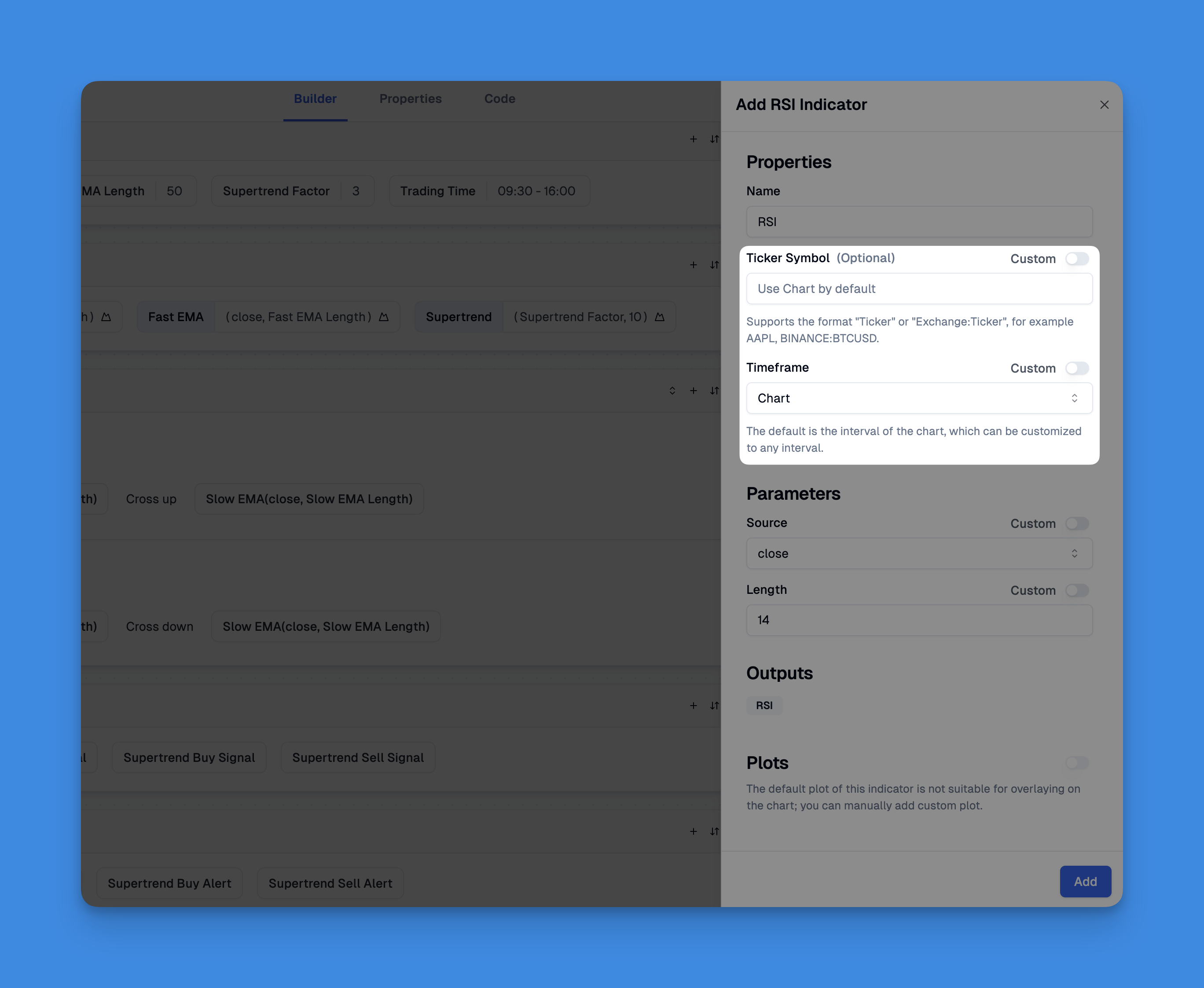Understanding Pine Script’s request.security() Function
The request.security() function is a powerful tool in Pine Script that allows traders and analysts to fetch data from different symbols, timeframes, or contexts. This versatile function plays a crucial role in creating advanced trading strategies and indicators.

What is request.security()?
request.security() is designed to retrieve price data or other information from a context different from the one currently being analyzed. This enables script writers to incorporate data from various markets or instruments into their analysis, leading to more comprehensive and informed decision-making.
Syntax and Parameters
The basic syntax of the function is:
modifiedData = request.security(symbol, timeframe, expression, gaps, lookahead)
Key parameters include:
- symbol: The ticker of the market you want to access (e.g., “NASDAQ:AAPL”)
- timeframe: Specifies the timeframe for the data (e.g., “60” for 60-minute bars)
- expression: The calculation or data to fetch from the specified symbol and timeframe

Practical Applications
- Cross-Market Analysis: Compare data from different markets or assets.
- Multi-Timeframe Strategies: Incorporate higher timeframe data into lower timeframe analysis.
- Custom Indicators: Create indicators that use data from various sources.
Easily Add Data Across Multiple Symbol Timeframes Without Encoding
One of the most powerful yet challenging aspects of Pine Script is utilizing the request.security() function to access data across different symbols and timeframes. Traditionally, this requires extensive coding knowledge and careful implementation to avoid errors.
However, with modern tools like Pineify, you can easily add data after multiple symbol timeframes without encoding, making cross-timeframe and cross-symbol analysis accessible to traders of all technical skill levels.

Pineify's platform allows you to bypass the typical complexity of the request.security() function by providing an intuitive visual interface for working with different ticker symbols and timeframes simultaneously. This feature is particularly valuable for traders who need to analyze correlations between assets or implement strategies that rely on multiple timeframe analysis.

Website: Pineify
Click here to view all the features of Pineify.Best Practices for Using request.security()
- Optimize Performance: Limit the number of unique requests to avoid hitting the 40-request limit.
- Handle Dynamic Requests: Be aware of limitations when using dynamic requests, especially on realtime bars.
- Understand Nested Requests: Learn how nested requests inherit context from parent calls.
Common Pitfalls to Avoid
- Overusing Requests: Excessive use can slow down script performance.
- Misinterpreting Results: Ensure you understand the context of the returned data.
- Ignoring Timeframe Differences: Be cautious when comparing data from different timeframes.
Conclusion
The request.security() function is a powerful feature in Pine Script that opens up numerous possibilities for advanced trading strategies and analysis. By understanding its capabilities and limitations, traders can create more sophisticated and effective scripts.
